Your baby is now officially an embryo and is about the size of a poppy seed.
Please visit www.nhs.uk/conditions/pregnancy-and-baby/4-weeks-pregnant/ for more information.
Local Maternity and Neonatal System
View navigation
Pregnancy journey
A breech position means that your baby is lying bottom first or feet first in the womb (uterus). A more common position is when babies head is first. In early pregnancy a breech position is very common but as the pregnancy continues, a baby usually turns by itself into the head first position. Between 37 and 42 weeks (referred to as term), most babies are lying head first, ready to be born.
Your obstetrician or midwife may advise trying to turn your baby into a head first position. This technique is called external cephalic version (ECV). This is when gentle pressure is applied on to your abdomen which helps the baby turn in the womb to lay head first.
The main benefit to ECV is that it increases the likelihood of having a normal birth (head first).
ECV is successful for about half of all women. Your obstetrician or midwife will provide you with information about your own individual chance of success. Relaxing the muscles of the womb with medication during an ECV is likely to improve the chances of success. This medication will not affect the baby. You can help by relaxing your abdominal (tummy) muscles.
If your baby remains breech, your choices may include a:
ECV is generally safe and does not cause labour to begin. The baby’s heart will be monitored before and after the procedure.
Like any medical procedure, complications can sometimes occur. About one in 250 babies need to be delivered by emergency caesarean section immediately after this procedure and it is for this reason that the procedure is carried out in a maternity unit where the baby can be delivered by emergency caesarean section if necessary. Harm to the baby is unlikely.
These are a few reasons you would not be suitable for an ECV:
There are no restrictions on food or drink before you attend your appointment, on the Labour Ward. Feel free to come with your partner or a companion. We aim to complete the procedure without delay but please be aware that if the maternity unit is busy you may need to allow several hours for your visit.
Please bring along your hand held pregnancy record (green notes) and something to do or listen to, in case you have to wait.
Upon arrival you will be met by a member of staff who will show you into a single room. A midwife will care for you and keep you fully informed on what will happen. The midwife will undertake a number of health checks which will include:
You will be seen by an obstetrician who will explain the procedure and scan your baby. They usually recommend an injection of a medication called Terbutaline® which is given under your skin. This medication helps to relax the muscle in the uterus and increases the chance of the baby turning successfully. This medication does not affect the baby however it may make you feel a little shaky and make you aware of your heart beating faster. These effects wear off very quickly (within an hour or two).
The obstetrician will use their hands to gently encourage the baby to turn around. You can help by relaxing your tummy muscles (ECV can be uncomfortable but should not be painful). Please try to tolerate the procedure as long as you can to increase the chances of turning your baby to a head first position. If you are experiencing pain please tell the obstetrician so they can move their hands or stop. Sometimes the baby’s heart rate can slow down during the procedure. Please do not worry this is only temporary and the midwife and obstetrician will be observing you and baby closely.
Once the procedure has been completed your midwife will monitor the baby’s heart rate for a further 20 – 30 minutes. Some women feel some slight discomfort if the procedure was successful however some women report feeling more comfortable because babies head is no longer under the rib cage.
If the procedure has not been successful then the obstetrician will discuss a choice of delivery and agree a plan of management with you.
If you are 1 of the 16 pregnant women in 100 (16%) who are rhesus negative you will be offered an injection of anti-D before you are sent home.
Following the procedure you should contact the hospital and speak to a midwife who will be able to advise you should any of the following events occur:
You may wish to find out other information about external cephalic version, examples include:

Your baby is now officially an embryo and is about the size of a poppy seed.
Please visit www.nhs.uk/conditions/pregnancy-and-baby/4-weeks-pregnant/ for more information.
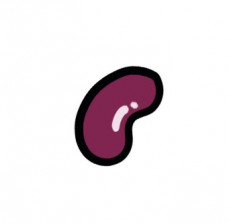
Your baby is now the size of a kidney bean and weighs 1g.
Please visit www.nhs.uk/conditions/pregnancy-and-baby/8-weeks-pregnant/ for more information.
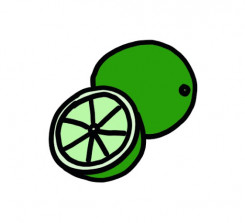
Welcome to the second trimester!
Your baby is about the size of a small lime and weighs approximately 14g.
You have hopefully seen your midwife for your 'booking in' appointment, if you have not yet seen a midwife please make an appointment quickly, so you can have all of your choices about screening tests explained and offered to you.
Please visit www.nhs.uk/conditions/pregnancy-and-baby/12-weeks-pregnant/ for more information. You can also link to the 'Pregnancy Journey' area here.

Your baby is about the size of an avocado and weighs approximately 100g.
Please visit www.nhs.uk/conditions/pregnancy-and-baby/16-weeks-pregnant/ for more information.

Your baby has grown in length and is now the length of a small banana and weighs approximately 300g. Around this time you will be offered your '20 week' scan, also known as the 'anatomy' or 'anomaly' scan.Click here for more information about screening.
This is a also a good time to talk and sing to your bump as your baby can now hear sounds. This is great way for you and your partner/family to bond with your baby.
Please visit www.nhs.uk/conditions/pregnancy-and-baby/20-weeks-pregnant/ for more information.
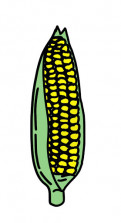
Your baby has grown again to the approximate length of an ear of sweetcorn and weighs about 600g.
Please visit www.nhs.uk/conditions/pregnancy-and-baby/24-weeks-pregnant/ for more information.

Welcome to the third trimester!
Your baby is now approximately the weight of an aubergine; about 1kg and approximately 37cm in length.
Please visit www.nhs.uk/conditions/pregnancy-and-baby/28-weeks-pregnant/ for more information.
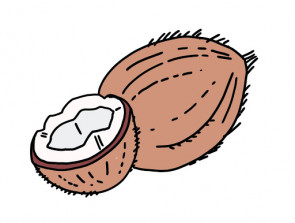
Your baby now weighs approximately the same as a coconut; around 1.5kg.
Please visit www.nhs.uk/conditions/pregnancy-and-baby/32-weeks-pregnant/ for more information.
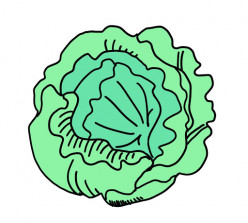
Your baby is now around the same size as a lettuce, approximately 47cm long and weighs around 2.6kg.
Please visit www.nhs.uk/conditions/pregnancy-and-baby/36-weeks-pregnant/ for more information.

Your baby is now the weight of a small watermelon which is approximately 3.3kg and around 50cm in length.
Please visit www.nhs.uk/conditions/pregnancy-and-baby/40-weeks-pregnant/ for more information.